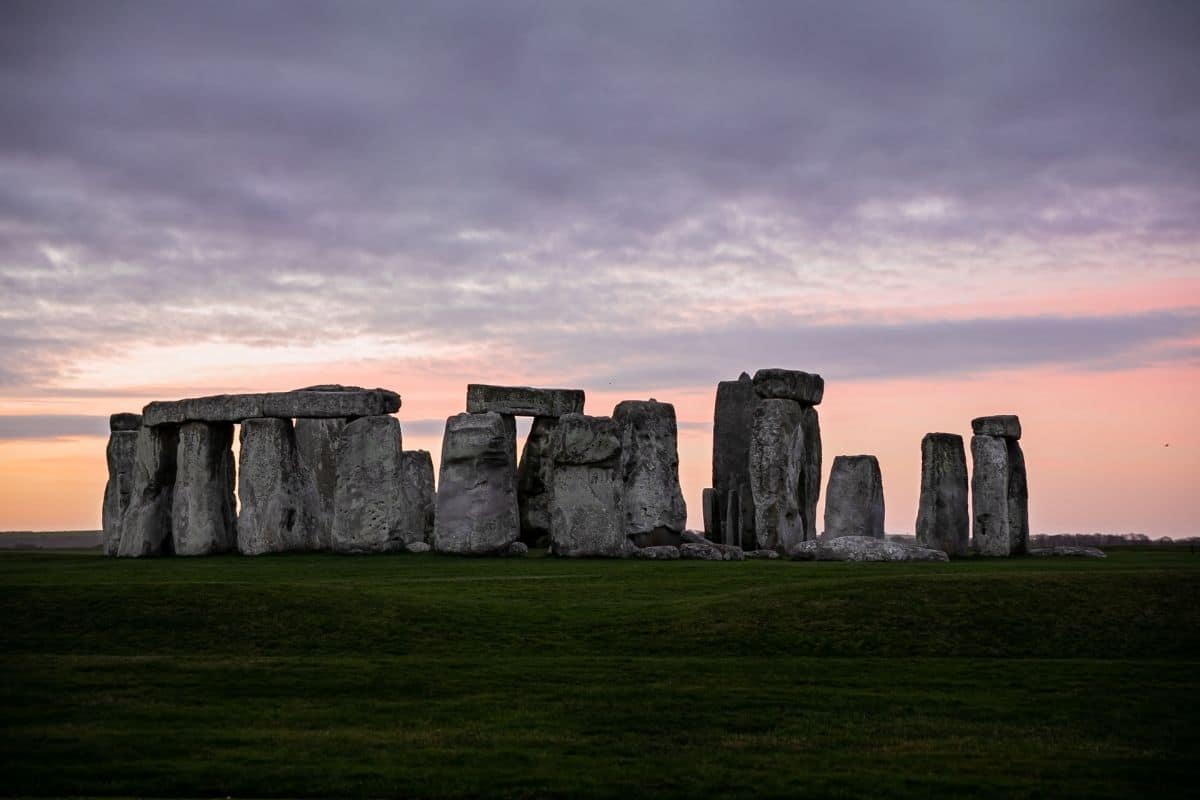
They are believed to be big game traps built by hunter-gatherers who roamed the area before the famed megalithic monument was erected.
Stonehenge is without doubt one of the most intensively researched prehistoric sites on Earth. The large, still mysterious monument consists of an earthen wall around a circular arrangement of large, primitively worked standing stones. But not only this enigmatic structure attracts the attention of scientists. In a new study, researchers inspected the immediate environment. And apparently there is still plenty to discover.
400 large wells
Using geophysical sensors, excavations and computers, researchers have mapped the area around Stonehenge. “Geophysical research allows us to visualize what lies beneath the surface of entire landscapes,” said researcher Philippe De Smedt. It leads to a surprising discovery. Because researchers have uncovered more than 400 wells near Stonehenge using these methods.
Dating
The researchers subsequently excavated six of these wells. Each well appears to have a diameter of more than 2.5 meters. In addition, the wells appear to be remarkably old; they date from both the Early Mesolithic (c. 8000 BC) and the Middle Bronze Age (c. 1300 BC).
Mesolithic well
In particular, the discovery of the ancient Mesolithic well is exceptional. And not just because this is one of the earliest and few Mesolithic finds around Stonehenge. It is also the largest Mesolithic well discovered in northwestern Europe.

The respective Mesolithic well; the largest discovered in all of northwestern Europe. Image: University of Birmingham
The well is more than 4 meters wide and at least 2 meters deep. The size and shape of the pit suggest that it probably functioned as a hunting trap for large game such as aurochs, red deer and wild boar.
hunter-gatherers
What this find implies is that the area around Stonehenge was already inhabited by humans before the famed megalithic monument was erected around 2300 BC. So hunter-gatherers roamed the British Isles as early as 10,000 years ago. Admittedly, the social context changed radically over time. But the spatial distribution of the pits suggests a similar interest in the area. “What we see is also not a snapshot,” said researcher Paul Garwood. “Our findings span millennia, as evidenced by the 7,000-year span between the oldest and the most recent prehistoric pit we have excavated.”
Attention
It means that the area around Stonehenge attracted the attention of hunter-gatherers millennia ago. And over time, the area has apparently continued to be used and inhabited by humans. The study builds on an earlier study, which also found that Mesolithic hunters and gatherers were active in the landscape where Stonehenge is now located. It suggests that the area was also important to hunter-gatherers who lived thousands of years before the builders of Stonehenge.
Research methods
With their study, the researchers also show the potential of the research methods used. Sensor technologies and computer-based analytics are becoming increasingly important aspects of archaeological research, offering new ways to explore ancient landscapes. As this project shows, these methods can radically change our understanding of ancient landscapes, even in an environment as intensively explored as Stonehenge.
“By combining new geophysical survey techniques with core drilling and excavation, the team has revealed some of the earliest evidence of human activity in the Stonehenge landscape,” said study researcher Nick Snashall. “The discovery of the largest known Early Mesolithic well in northwestern Europe shows that thousands of years before the foundation stone of the Stonehenge monument was placed, this site was a special hunter-gatherer site.”
Source material:
†Geophysical sensors, excavations and computers reveal millennia of prehistoric Stonehenge land use” – University of Birmingham
Image at the top of this article: Stephen + Alicia via Pexels